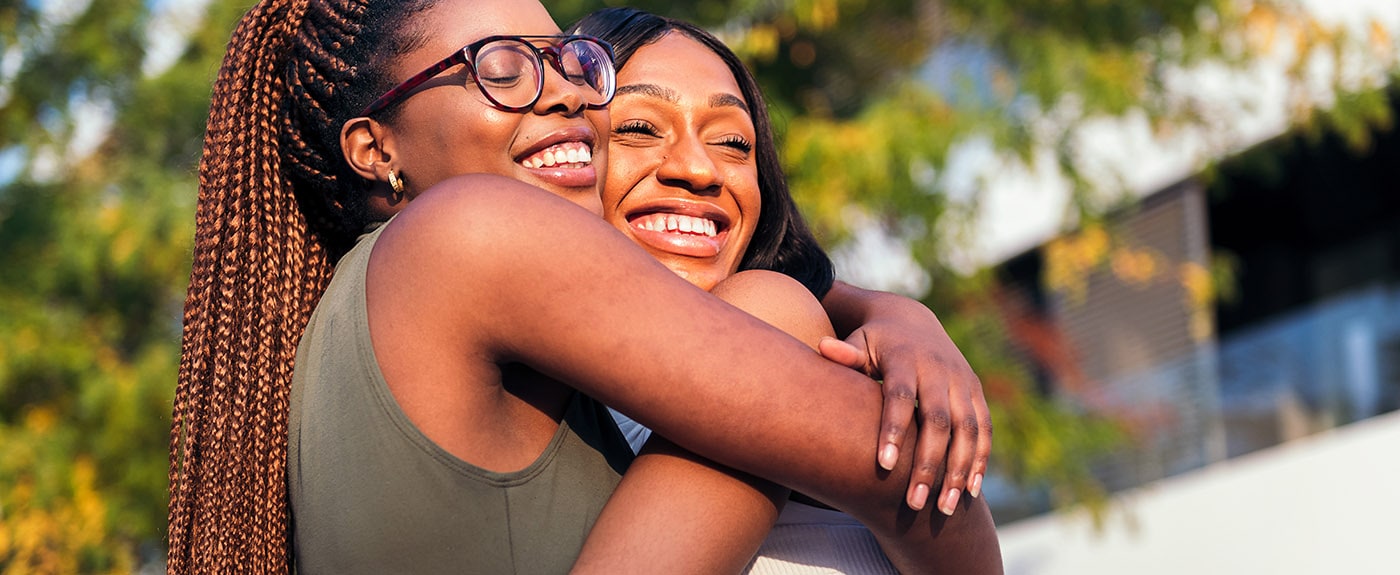How Friendship Affects Your Brain
- Category: Individuals

If it seems like friendships formed in adolescence are particularly special, that's because they are.
Childhood, adolescent, and adult friendships all manifest differently in part because the brain works in different ways at those stages of life. During adolescence, there are changes in the way you value, understand, and connect to friends.
As brain imaging shows, when we’re below the age of 9 or 10, the friendships we make are somewhat superficial and don’t involve much of the brain.

Childhood, adolescent, and adult friendships all manifest differently in part because the brain works in different ways at those stages of life. During adolescence, there are changes in the way you value, understand, and connect to friends.
As brain imaging shows, when we’re below the age of 9 or 10, the friendships we make are somewhat superficial and don’t involve much of the brain.
At that age we feel closer to others than we have before and so the teenage years become intense and friendships central to our lives. Of course we all have our own timing in making these transitions. The brain is expanding to be able to empathize by making connections throughout all the brain that scientists call the “social brain.” It doesn’t take much of a leap to see why literature about relationships can be so meaningful, or movies so touching.
As a result, teens can better understand a friend’s perspective in a deeper way than when younger. This matures as we age into our twenties and seek a mate. So, It makes sense that as we connect again in a high school reunion, the brain development is called to the surface and we recall those wonderful times of closeness with our special friends.
In a recent feature by television’s news magazine 60 Minutes in June, 2023, the topic of how the brain and genetics have impacted human evolution expanded the subject of friendliness to profound proportions.
Survival of the Friendliest: 1
Brian Hare, an evolutionary biologist and author at Duke University, has spent the last 25 years studying animal evolution. Most specifically, he studied the difference between dogs, man’s best friend, and wolves who will never be.
In 2010, Hare's colleague, Bridgett VonHoldt, a geneticist at Princeton, started comparing the DNA of dogs to wolves and found that there are specific genes that lead to friendly behavior.
What came next in VonHoldt's genetic research was stunning. She found the location of the friendliness mutations in dogs corresponds to the same genes that, when deleted in humans, cause a rare condition called Williams Syndrome. Her study established one of the first genetic links in behavior between dogs and humans.
People with Williams Syndrome are often unusually outgoing and friendly… Ben Monkaba, (a young man with the syndrome) describes what it’s like to live with the Syndrome: “What makes me unique is my way of giving happiness to people, my friendliness, my kindness.”
Brian Hare concluded, “I think what dog evolution teaches us is that actually how you get ahead in the game of life is you evolve a new way to be friendly that leads to a new form of cooperation. Humans 100,000 years ago, our species, was not alone. There were at least four to five other human species. And the question then becomes, ‘Well, why are we the only one left?’ And we think, and what dogs point to, is that we were the friendliest species that ever evolved among humans, and that we survived because we are friendly.”

